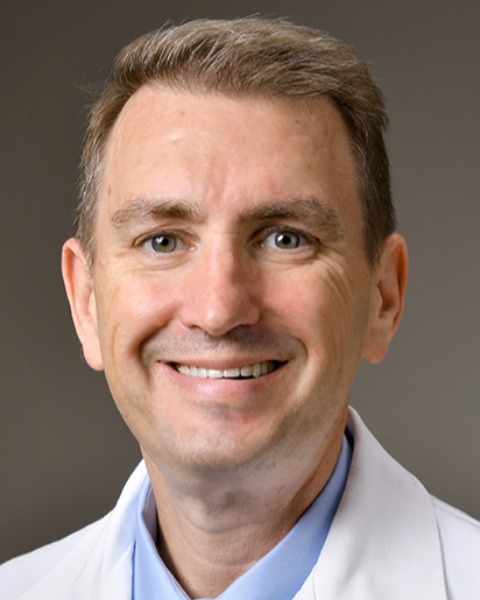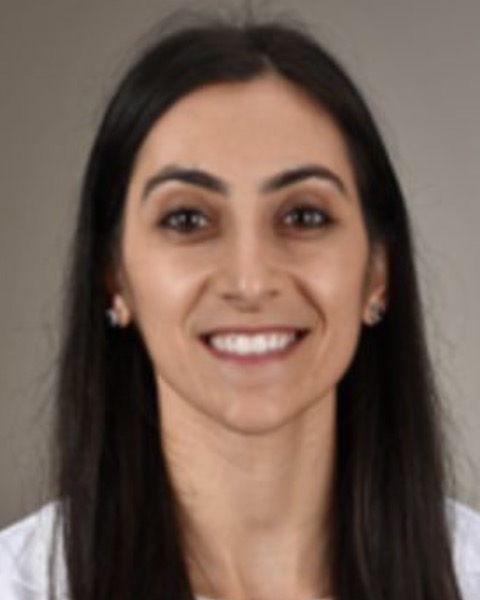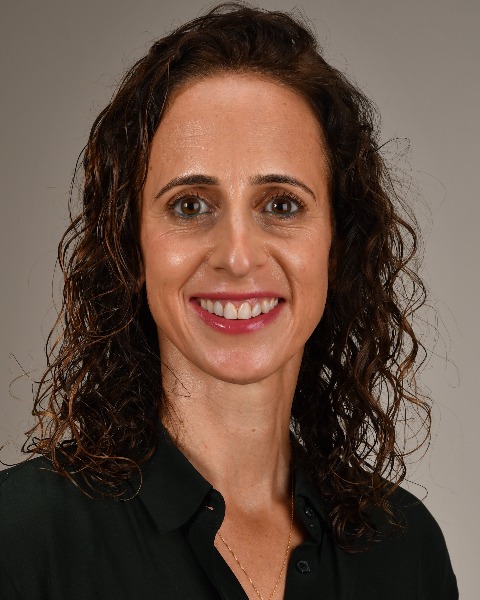Oral Plenary Session 2 - Fellows Plenary
(46) Continuous Glucose Monitoring for Gestational Diabetes Diagnosis: A Comparative Effectiveness Randomized Control Trial (PRECISE)
- SN
Sarah A. Nazeer, MD
Fellow
The University of Texas Health Science Center at Houston (UTHealth)
Houston, Texas, United States - JC
Joycelyn A. Corntwaithe, RD, CDE, MBA, MS
The University of Texas Health Science Center at Houston (UTHealth)
Houston, Texas, United States - RB
Rafael Bravo Santos, PhD
The University of Texas Health Science Center at Houston (UTHealth)
Houston, Texas, United States - CP
Claudia Pedroza, PhD
The University of Texas Health Science Center at Houston (UTHealth)
Houston, Texas, United States 
Sean C. Blackwell, MD
Professor and Chair
McGovern Medical School at UTHealth Houston
Houston, Texas, United States- SC
Suneet Chauhan, DSc, MD
Christiana Care
Newark, Delaware, United States 
Farah H. Amro, MD
Assistant Professor
McGovern Medical School at UTHealth Houston
Bellaire , Texas, United States
Ghamar Bitar, MD
McGovern Medical School at UTHealth Houston
Houston, Texas, United States- JT
Jon Tyson, MD, MPH
The University of Texas Health Science Center at Houston (UTHealth)
Houston, Texas, United States 
Baha M. Sibai, MD
Professor
McGovern Medical School at UTHealth Houston
Houston, Texas, United States
Michal Fishel Bartal, MD (she/her/hers)
Maternal Fetal Medicine Faculty
UTH Houston & Sheba Medical Center Israel
Houston, TX, United States
Submitting Author and Presenting Author(s)
Coauthor(s)
Continuous glucose monitoring (CGM) offers innovative strategies to improve outcomes for gestational diabetes (GDM). We aimed to test the utility of new technology in the diagnosis of GDM compared to the 2-step method.
Study Design:
Individuals with a singleton pregnancy, at 24-30 weeks gestation were randomly allocated to screening with either CGM (Dexcom G6) for 7 days or 2-step method after stratifying by BMI (≤ 40) and site (03/2023-04/2024). Individuals diagnosed with fetal anomalies or pregestational DM were excluded. Diagnosis of GDM was made by CGM if any of the following: Time above range (TAR) (≥140 mg/dL) ≥ 10%, mean glucose ≥ 130, or any glucose ≥ 200. GDM was diagnosed by 3-hour GTT for the routine group. Following GDM diagnosis, both groups received usual care. Primary outcome was a composite of adverse neonatal outcomes (LGA, shoulder dystocia, birth injury, need for IV/PO glucose, respiratory distress, and fetal/neonatal death). We utilized Bayesian statistics to estimate a sample size of 814 to have a posterior probability of 75% of any reduction of the primary outcome, assuming 90% power with a 30% reduction with CGM. Analysis was done with an intention-to-treat under a Bayesian framework with a neutral informative prior and with frequentist statistical analysis (NCT05430204).
Results:
A total of 814 participants were randomized: 405 in the CGM group, and 409 in the 2-step method group. Groups were similar at baseline (Table 1). Primary outcome was unavailable for 34 (4.2%). GDM was diagnosed in 89 (22%) in the CGM group and 63 (15%) in the 2-step group. Primary neonatal outcome was similar between the groups (34% v. 29%; RR 1.13, 95% Credible interval 0.93-1.4, posterior probability 88%, Table 2). There were no differences in secondary outcomes. In a prespecified, secondary analysis, no difference in primary outcome among individuals treated for GDM was found (50% v. 37%; RR 1.13 95% CI 0.96-1.32).
Conclusion:
In this RCT, the use of CGM for diagnosis of GDM was associated with an increased rate of GDM and similar rates of adverse outcomes compared to the 2-step method.

